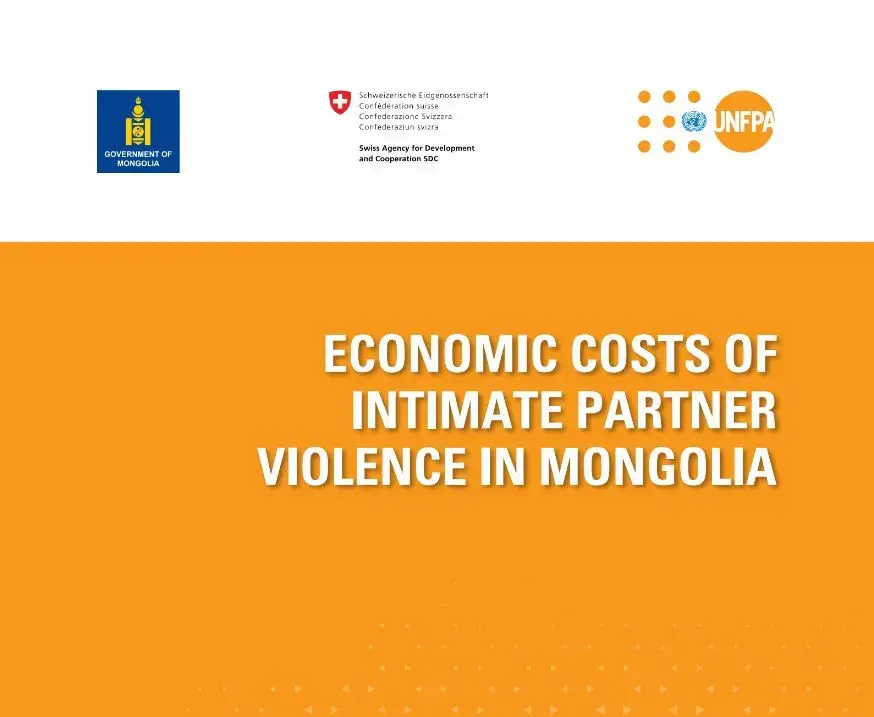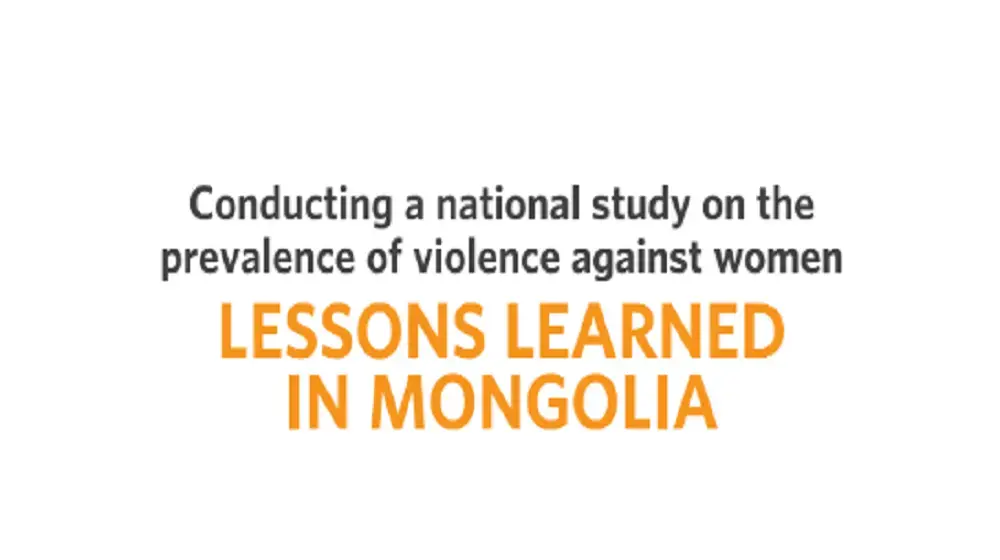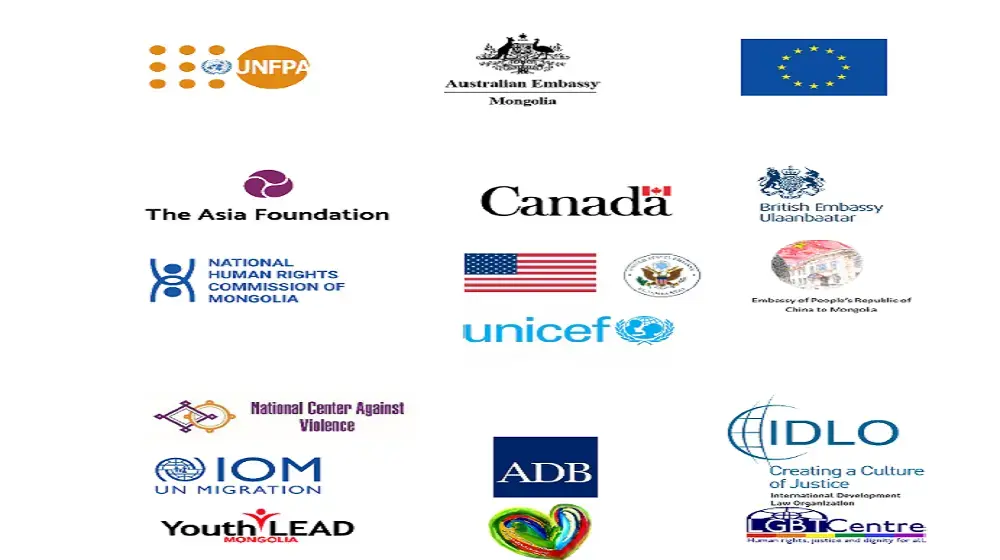Violence against Women and Girls (VAWG) is a serious and complex problem that continues unabated
worldwide. As such, the eradication of this pervasive societal issue is prioritised in the Sustainable
Development Goal (SDG) 5. To date, much has been learned about the nature and multifaceted impact
of VAWG, from its physical and psychological consequences for individual women, to its wider effects
on families, communities and societies. Research on the social and economic costs of VAWG is
currently gaining momentum, thus expanding our knowledge base, and providing data to more directly
inform budgetary allocations for addressing VAWG.
Having been one of the first countries to integrate the SDGs into policy, Mongolia has undergone
important legislative and policy changes with regard to addressing VAWG. For example, the State Great
Khural (Parliament of Mongolia) approved its 2030 Sustainable Development Vision in 2016. This was
followed by the enactment of the revised version of the Law on Combating Domestic Violence (LCDV
2004) in 2017. This legislation focuses on domestic violence (DV) prevention and response, including
measures to protect survivors from further harm. It also provides for multi-sectoral coordination,
which has led to the re-establishment of Coordination Council for Crime Prevention chaired by the
Minister of Justice and Home Affairs (MOJHA) as well as a special unit at the National Police Agency
(NPA) for GBV/DV to enhance the implementation of the Law to Combat Domestic Violence (LCDV). In
addition, important steps have been taken to provide services to survivors, yet funding continues to be
a significant challenge.
To engender a better understanding of the problem, the National Statistical Office of Mongolia (NSO),
with UNFPA technical assistance, conducted the first large-scale study on GBV/VAW in Mongolia in
2017 (NSO & UNFPA, 2018). Both lifetime prevalence (ever IPV) and current prevalence (IPV in last
12 months) of Intimate Partner Violence (IPV) were measured. More than half of the women who
participated in the survey (57.9 per cent) reported some form of violence (physical, sexual, emotional,
controlling behaviors, economic) by any partner during their lifetime. Data was also collected on
injuries women incurred as a result of physical and/or sexual IPV, their health status, lost workdays
and their help-seeking behavior.
The current research employed this data to estimate the economic costs of IPV for women, households,
communities and the economy as a whole. Focusing primarily on tangible monetary costs, estimates
of out-of-pocket costs, foregone income, care work loss, and productivity loss due to any form of IPV
have been produced. In addition, the resource requirements for addressing DV, which is inclusive of
IPV, are estimated.





